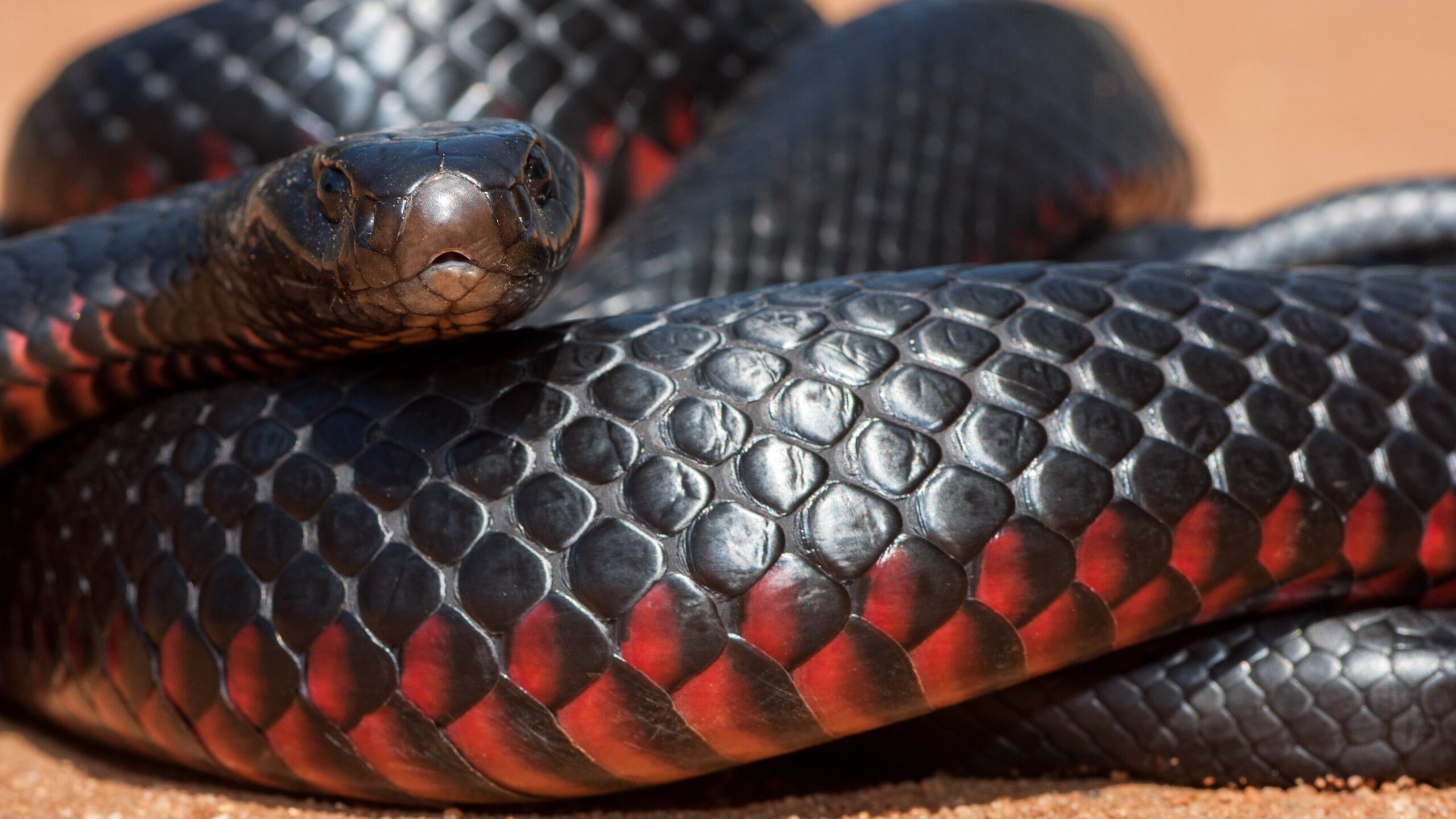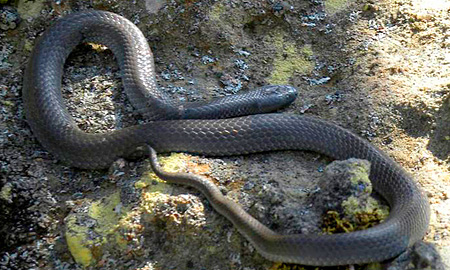Introduction
What to do if bitten by a snakeThe Tasmanian tiger snake, clinically called Notechis scutatus, is among Australia's many intriguing reptiles. Discovered mostly in Tasmania and its surrounding islands, this serpent has gathered focus not just for its striking look but also for its complex habits and crucial role in the ecosystem. This article will discover the different elements of the Tasmanian tiger serpent's habitat, habits, anatomy, and communications with people while giving necessary details regarding safety measures in instance of a serpent bite.
Whether you're a scientist, a wild animals lover, or simply somebody curious about these interesting animals, this detailed overview guarantees to deliver understandings that are both interesting and interesting. So allow's start this journey to recognize the Tasmanian tiger serpent better!
The Tasmanian Tiger Serpent: An Overview
Physical Qualities of the Tasmanian Tiger Snake
Tiger serpents are characterized by their distinct coloration and patterns. They commonly display a mix of yellow or lotion stripes on a dark brown or black background-- for this reason the name "tiger." Grown-up tiger snakes can mature to approximately 2.1 meters long, although many people average around 1.5 meters.
Key Functions:
- Coloration: Varies from dark brownish to olive environment-friendly with lighter bands. Size: Grownups normally range from 1.2 to 2.1 meters. Head Forming: Noticeably wide with famous eyes.
Distribution and Habitat of the Tasmanian Tiger Snake
The Tasmanian tiger serpent mostly populates seaside areas, wetlands, marshes, and grasslands in Tasmania. It prospers in settings where it can quickly access water resources considering that it is frequently found near streams or lakes.
Habitat Preferences:

- Wetlands: Ideal for hunting target like frogs and tiny mammals. Coastal Locations: Deals bountiful food resources. Grasslands: Provides cover and basking spots.
Understanding Tiger Snake Behavior
Feeding Habits of the Tasmanian Tiger Snake
Tiger snakes are carnivorous and opportunistic feeders. Their diet regimen is composed generally of frogs, fish, small mammals, and birds. They depend on their keen vision and swift motions for hunting.

Dietary Malfunction:
- Frogs: A primary part due to abundance in marsh habitats. Fish: Often caught when swimming in superficial waters. Small Mammals: Periodically victimize rodents.
Breeding Habits of the Tasmanian Tiger Snake
Tiger snakes have an interesting reproductive cycle. Mating usually takes place in springtime after emerging from hibernation. Women tiger snakes bring to life live young instead of laying eggs, which is rather one-of-a-kind among reptiles.
Reproductive Cycle:
- Mating Period: Springtime (September to November). Gestation Duration: Approximately 3 months. Litter Size: Varieties from 20 to 40 child tiger snakes.
Aggression and Defense Mechanisms of the Tasmanian Tiger Snake
Though they can be hostile https://skillstrainingcollege.com.au/eastern-brown-snake/ when endangered, tiger snakes usually like to pull back instead of confront threat directly. Their main defense mechanisms consist of attacking when collared or presenting their size through hissing.
Defensive Approaches:
- Hissing Audio: A caution signal suggesting distress. Bite Reaction: A last resort when getaway options are limited.
Are Tiger Snakes Venomous? Understanding Their Venom
Venom Composition and Effects
Yes! The Tasmanian tiger serpent is poisonous. Its poison consists of neurotoxins that can trigger major damage or perhaps fatality if left untreated. The results of a bite can include paralysis, swelling at the bite site, queasiness, and various other systemic symptoms.
Venom Attributes:
- Neurotoxic Components: Affect nervous system functioning. Hemotoxic Results: Can lead to cells damage.
Common Signs Following a Tiger Snake Bite
Recognizing symptoms without delay is essential for effective emergency treatment management after a serpent bite:
- Severe discomfort at bite site Swelling Nausea or vomiting Difficulty breathing
First Help for Serpent Bites: What You Need to Know
Immediate Steps After a Tiger Snake Bite
In instance you come across a scenario involving a tiger serpent bite, it's vital to act promptly:
Call emergency situation solutions immediately. Keep the affected limb paralyzed in mind level. Remove tight garments or fashion jewelry around the bite site.Creating Your Snake Bite Emergency Treatment Kit
Having a properly equipped first aid set can make all the distinction during emergency situations:|Item|Purpose|| ------|---------|| Compression plaster|To immobilize arm or leg|| Splint|To maintain hurt location|| Antibacterial wipes|For cleansing wounds|
FAQs Concerning the Tasmanian Tiger Snake
What do infant tiger snakes eat?
Baby tiger serpents mainly feed on little insects and amphibians till they expand big enough to search larger victim like frogs or tiny fish.
How dangerous is a tiger serpent bite?
A tiger snake bite can be extremely dangerous because of its potent poison; instant medical attention is important for survival.
Where are eastern tiger snakes found?
Eastern tiger snakes populate coastal regions across southeastern Australia yet are Avoiding venomous snakes less common than their Tasmanian counterparts.
What needs to I do if I see a tiger snake?
Maintain your range; do not try to manage it unless you're educated to do so-- most bites happen throughout efforts at capture or mishandling.
Can I make it through without antivenom after being bitten?
While some people may make it through without antivenom depending upon different variables such as wellness conditions and time considered treatment; seeking prompt clinical aid is constantly suggested as it dramatically enhances survival chances.
Are there any type of particular safety measures I need to take while hiking in Tasmania?
Always wear strong boots, stay on significant routes, prevent high turf where visibility might be limited; acquaint on your own with local wild animals before heading out into nature!
Conclusion
The Tajamanian tiger snake represents an essential part of Australia's rich biodiversity landscape both ecologically as predators and culturally as symbols within Australian mythology. Understanding their environment choices in addition to actions supplies insight into how we can exist together safely while respecting wildlife borders-- bearing in mind that recognition leads us in the direction of much safer adventures outdoors!
By staying informed concerning possible threats such as envenomation from bites while likewise taking preventive measures ensures favorable experiences when coming across these fascinating creatures!
In conclusion, whether you're captivated by their striking look or mesmerized by their complex habits-- the Tasmanian tiger serpent most certainly deserves acknowledgment beyond simple attraction-- it envelops nature's beauty intertwined delicately within our ecosystems!